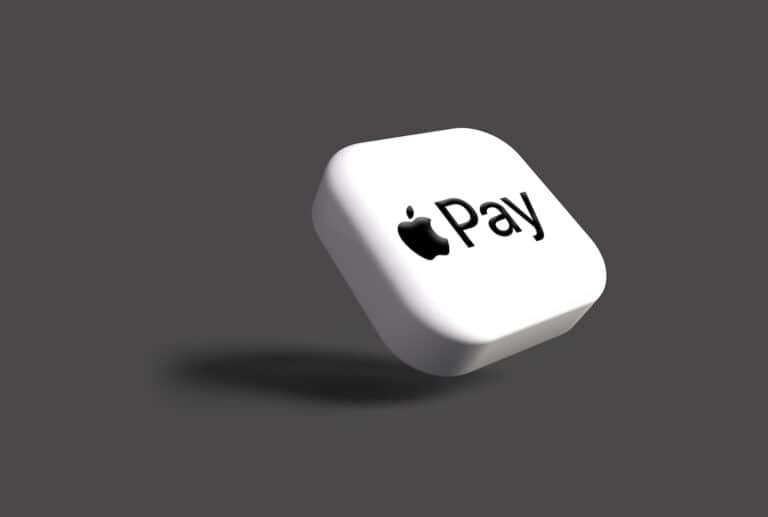A gadget is a small tool or device that serves a specific function and is designed for ease of use. These devices, often found in households and workplaces, range from kitchen appliances to high-tech electronic equipment. While some gadgets are purely functional, addressing everyday needs, others may offer convenience or entertainment value.
In the modern world, gadgets have become ubiquitous, influencing how tasks are approached and carried out. From smartphones that keep people connected to smartwatches that track health metrics, gadgets often merge practicality with innovation, offering users new ways to engage with technology and their environment.
Understanding Gadgets: Small Devices with Big Impacts
The word “gadget” is part of our everyday vocabulary, but what exactly qualifies as a gadget? Let’s break down the concept and explore the many forms gadgets can take.
Defining a Gadget
A gadget is typically a small mechanical or electronic device with a practical function. However, the term can sometimes be used for new or unusual items that don’t have a clear name. Here are some key characteristics:
- Portable: Gadgets are often compact and portable for easy transport.
- Innovative: They often offer unique features or improve upon existing technology.
- Versatile: Gadgets tend to serve multiple purposes.
Types of Gadgets
Gadgets exist in countless forms. Here’s a table outlining common categories and examples:
| Category | Examples |
|---|---|
| Communication | Smartphones, smartwatches, fitness trackers |
| Entertainment | Portable gaming consoles, e-readers, drones |
| Productivity | Laptops, tablets, smart pens |
| Home Automation | Smart speakers, robot vacuums, smart light bulbs |
| Kitchen | Multi-cookers, food processors, smart toasters |
Evolving Definitions
What counts as a gadget evolves with technology. Things like early computers were cutting-edge gadgets but are now part of everyday life.
Gadgets continue to play an essential role in our lives. They provide convenience, connect us with others, and offer new possibilities for creativity and work.
Key Takeaways
- Gadgets are devices designed for specific functions, improving daily tasks or offering entertainment.
- Their impact seems pervasive, simplifying complex tasks and enhancing connectivity and efficiency.
- When purchasing and maintaining gadgets, consumers often seek devices that combine functionality with ease of use.
Understanding Gadgets
Gadgets play a pivotal role in the modern world, enhancing daily tasks and bringing entertainment and efficiency into our homes and workplaces. This section explores their evolution, variety, inner workings, role in daily life, and the prospects that the future holds for these devices.
History and Evolution
The term gadget has come to define a broad array of small, useful devices with specific functions, whose development has accelerated with the progress of technology. From simple tools like the abacus to complex machines like the computer, gadgets have evolved to become integral parts of our lives. Early examples like the wheel and lever laid the groundwork for more advanced technologies, which over time have become more compact and powerful.
Types and Categories
Gadgets can be split into various categories based on their use:
- Communication Gadgets: such as smartphones and wireless earbuds
- Entertainment Gadgets: including 4K-resolution televisions and gaming consoles
- Productivity Gadgets: like laptops and tablets
- Home Gadgets: featuring smart home devices and robotic vacuums
- Personal Gadgets: with examples being smartwatches and fitness trackers
- Educational Gadgets: such as electronic learning games and telescopes
Gadget Components and Technology
At their core, gadgets consist of hardware and software, working in tandem to perform their duties. The hardware includes items like batteries vital for power, processors for calculations, and displays with various refresh rates. Software refers to the applications and operating systems that manage the gadget’s operations. Widgets, small applications for common functions, are software examples that can boost a gadget’s utility.
Choosing the Right Gadget
Selecting a gadget involves assessing features like battery life, ease of use, and whether the device fits the user’s needs. Consider the technology behind gadgets such as the connectivity options it offers, for instance, whether it supports wireless charging or Bluetooth functionalities.
The Impact of Gadgets on Daily Life
Gadgets have transformed how we interact with the world, impacting nearly every aspect of life. They save time, offer convenience, and bring entertainment, enhancing personal productivity and leisure. Devices such as smartphones and laptops have become so essential that they often dictate users’ daily routines, allowing for efficient task management and communication.
Future Trends in Gadgetry
The progression of gadgets shows a trend towards integration, miniaturization, and increased user-friendliness. The development of wearable technology and the Internet of Things (IoT) indicates a future where gadgets not only collaborate with each other but also integrate more seamlessly into our daily lives. Advancements in battery technology and energy efficiency are anticipated to further elevate the capabilities of gadgets, making them even more indispensable.
Purchasing and Maintenance
Gadgets are integral to daily life and their purchasing and maintenance should be approached wisely to ensure both cost-effectiveness and longevity.
Where to Buy Gadgets
Online Stores and Retail Outlets:
- Consumers can buy gadgets from various online platforms and physical retail stores.
- Online stores might offer preorders, which allow customers to receive new gadgets as soon as they’re released.
Costs and Subscriptions
Initial Costs and Ongoing Fees:
- Gadgets often come with a purchase price and may require ongoing fees for services or subscriptions.
- Users should read service agreements carefully for details about fees or subscriptions.
Import Duties and Taxes:
- For gadgets purchased from another country, users may have to pay extra import duties or taxes.
Gadget Reviews and Ratings
Importance of Research:
- Before purchasing, reading product reviews and ratings helps users find reliable gadgets.
Sources of Reviews:
- Reviews can come from expert tech websites, user feedback on retailer sites, and industry magazines.
Care and Repair
Regular Maintenance:
- Simple actions like keeping gadgets clean and protected will prolong their usability.
Right to Repair:
- Repairing a gadget instead of replacing it can save costs. Service providers can sometimes fix an issue for less than the cost of a new product.
Frequently Asked Questions
Gadgets have become a staple in our everyday lives, offering both functionality and convenience. This section aims to clarify some common inquiries regarding gadgets.
What qualifies as a gadget in today’s technology landscape?
A gadget is typically a small electronic tool like a mobile phone or a camera that makes daily tasks simpler. Today, these often include cutting-edge features and connect to the internet.
How can gadgets be categorized and what are classic examples?
Gadgets can fall into numerous categories such as communications, entertainment, or productivity. Classic examples include smartphones, digital cameras, and smartwatches.
What is the role of gadgets in enhancing children’s learning?
Many gadgets are now designed to support interactive learning. Tools like tablets and educational apps can make learning more engaging for children.
Can you define a gadget in the context of computing?
In computing, a gadget refers to a small software application that provides specific functions without requiring comprehensive installation, like a weather widget on a desktop.
What are some common features that define digital gadgets?
Portability and an intuitive user interface are common features of digital gadgets. They often support wireless connectivity and offer several utilitarian functions in one device.
How does the definition of a gadget differ between general use and specialized fields?
In general use, a gadget is any innovative and useful electronic device. In specialized fields, gadgets are tools crafted to fulfill distinct tasks relevant to the field’s requirements.







